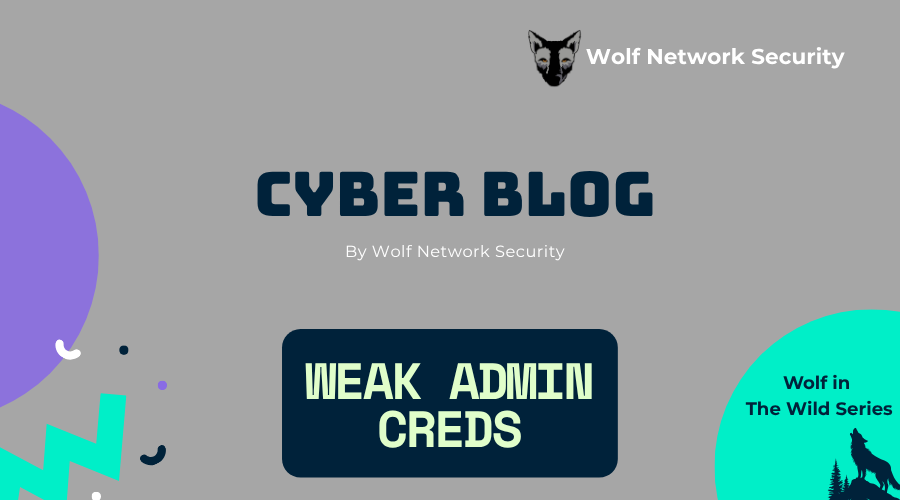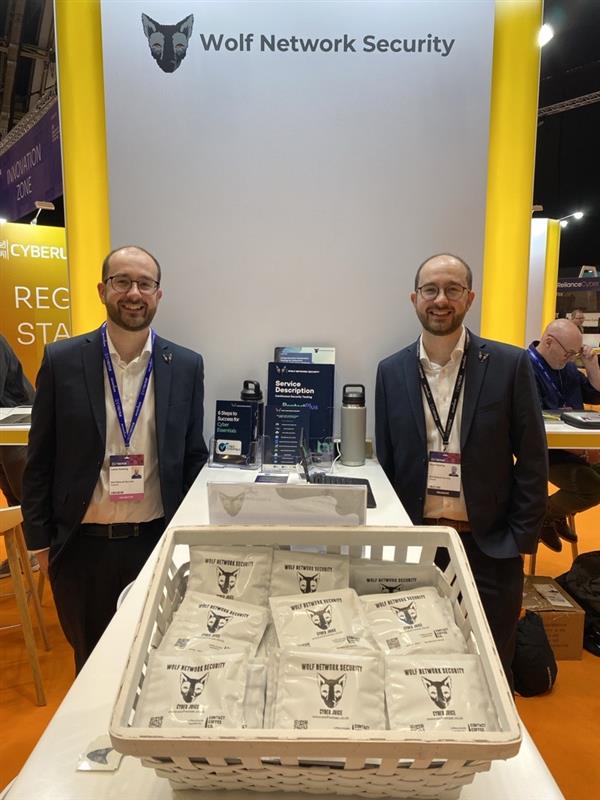· r00t · 2 min read
Weak Admin Credentials: A Common Path to Total Compromise
Why weak or reused admin credentials are still a top finding in internal penetration tests—and how to eliminate them.

One of the most straightforward but devastating findings during internal penetration tests is the use of weak admin credentials. Whether it’s a predictable local administrator password or shared domain admin accounts, these missteps can provide attackers with immediate privileged access.
In this blog, we’ll break down how weak admin credentials are exploited, why they’re still so common, and how your organisation can tighten the reins on administrative access.
Why Weak Admin Credentials Are So Dangerous
Administrator accounts have broad and often unrestricted access to systems. When these accounts use weak, default, or reused passwords, attackers can:
- Gain immediate access to high-value systems
- Dump password hashes for lateral movement
- Establish persistence across the environment
- Deploy ransomware or exfiltrate sensitive data
Weak credentials often stem from:
- Shared local admin passwords across machines
- Default credentials left unchanged (e.g.,
admin:admin) - Poor password policies and password creation
- Lack of MFA enforcement for admin access
How Attackers Exploit Weak Admin Credentials
1. Password Spraying
Using a list of common or known passwords across all users, often succeeds against shared or weak admin accounts.
2. Local Admin Reuse
If all systems use the same local admin password:
- Attackers dump credentials from one host
- Reuse them across the network to compromise others
3. Credential Dumping & Lateral Movement
Once in, attackers use tools like Mimikatz or LaZagne to:
- Extract additional credentials
- Move laterally using RDP, SMB, or PsExec
4. Domain Admin Takeover
All roads lead to domain admin. If admin creds are weak or reused - compromise is often just a matter of time.
How to Fix It
1. Implement Local Admin Password Solution (LAPS)
- Automatically generates unique, random passwords per device
- Rotates credentials regularly
- Prevents lateral movement via reused local accounts
2. Enforce Strong Password Policies
- Minimum 12+ character length
- Complexity requirements (upper/lowercase, symbols, numbers)
- Disallow common or breached passwords
- Use Three or Four Random Words
3. Monitor and Audit Admin Account Usage
- Alert on unusual logins or usage
- Limit who has access to privileged accounts
4. Enable Multi-Factor Authentication (MFA)
- Enforce MFA for any administrative interface (domain admin, RDP, VPN, etc.)
5. Segment and Minimise Privileged Access
- Avoid using admin accounts for daily tasks
- Use tiered administration and separate accounts
Final Thoughts
Weak admin credentials are an open door for attackers—and one we regularly exploit in real-world assessments. With a few technical controls and policy improvements, this risk can be significantly reduced.
If you’re unsure about the strength of your privileged account strategy, let’s talk. We can assess, test, and help secure your environment before attackers get there first. Drop us a Howl
 Wolf Network Security
Wolf Network Security


